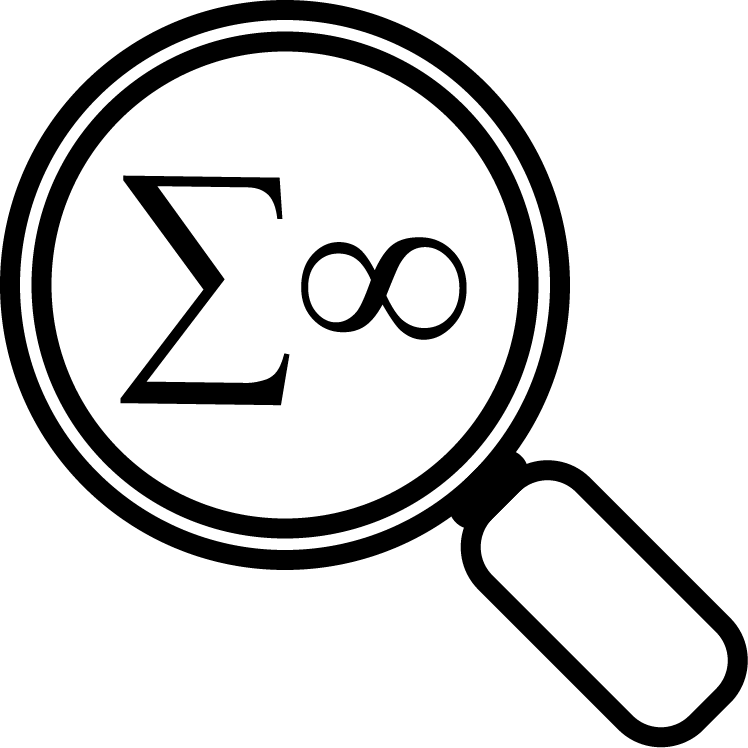To better understand the behaviour of animals we need to combine two approaches: understanding why they make decisions and how they make decisions
Background
Great progress has been made in understanding the behavioural of animals by mathematical and computer program modelling. Since the 1970s these have usually assumed that animals can make the optimal decision in any given particular situation and be perfectly flexible. At the same time people watching animals know that animals have mental processes that are not always optimal (sometimes making the wrong decision), partly because they are not perfectly flexible (sometimes not changing their behaviour for different conditions).
Findings
This paper argues that these approaches need to be combined if we are going to make great progress in understanding animal behaviour. We can ask questions at three levels: (1) why are mental processes not completely flexible? One possible type of answer is that the world is too complex to have a specific process for each situation and instead animals have a general rule that is reasonable for most situations. (2) for a particular rule, how would natural selection have tuned the details? For instance, how much should animals update their beliefs or behaviour in response to new information? (3) why are mental processes organised as they are? Why do we have emotions that we respond to, rather than responding directly to the outside world directly? Why do hormones have more than one effect on emotions and the body?
Implications
Usually models of animal behaviour have studied complex mental processes in simple worlds. Future ones should study simpler mental processes in complex worlds. Only then will they properly match the real world, and give us better insights for how evolution has formed animals’ brains.
Subject
Behavioural ecology
Subject Group
Zoology and Ecology
Keywords
mental mechanism
ethology
decision making
optimal foraging
Posted by
AndrewDHigginson
on Fri Oct 27 2017
Article ID
FKY9LNX2Z
Details of original research article:
McNamara JM, Houston AI. Integrating function and mechanism. Trends in Ecology and Evolution. 2009;24: 670-675. View the Thread Network for this Finding
View the Thread Network for this Finding
Preceded by:
Great tits distinguish between foods of different quality depending on the frequency of the better type but not on the frequency of the worse type.
Posted by: AndrewDHigginson Posted Wed Dec 20 2017
Great decision accuracy can be achieved by groups through individuals having local interactions without communication
Posted by: AndrewDHigginson Posted Fri Nov 10 2017
Predicting the diet breadth and habitat use of an optimal forager
Posted by: AndrewDHigginson Posted Thu Oct 19 2017
Followed by:
Football playing bumblebees show how complex insect learning can be
Posted by: AndrewDHigginson Posted Fri Nov 10 2017
An animal that learns optimally may still be prone to inactivity when conditions are good, which is a symptom of depression
Posted by: AndrewDHigginson Posted Fri Oct 27 2017
